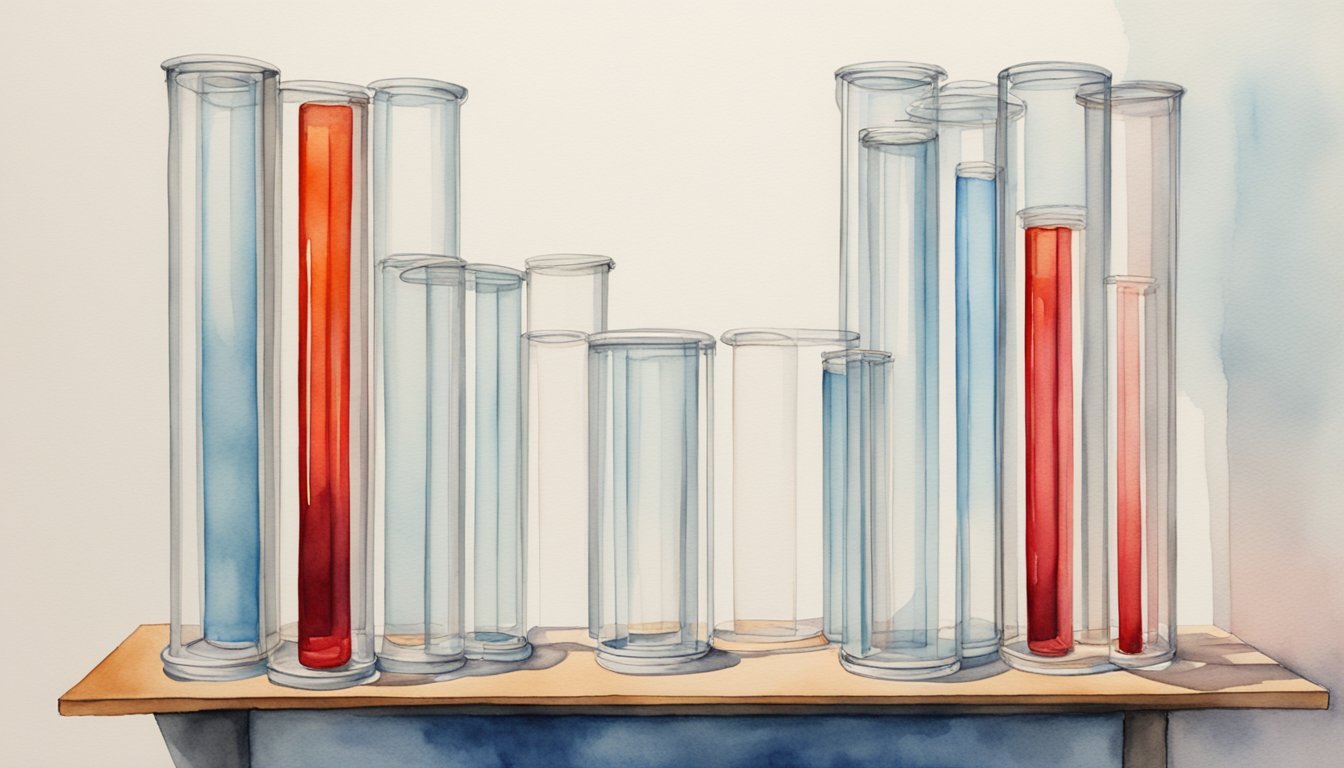Understanding Blood Color and Circulation

Dismantling the myth of blue blood involves understanding what gives blood its color and how it circulates through the body. The key factors include blood’s components and oxygen’s influence on its color as blood travels through the vast network of the circulatory system.
The Basics of Blood and Its Components
Blood, the life-sustaining fluid in our bodies, consists of several main components: plasma, red blood cells, white blood cells, and platelets. Plasma, the liquid portion, is straw-colored and carries nutrients, hormones, and waste products. Red blood cells contain a pigment called hemoglobin, which is crucial for transporting oxygen. Each hemoglobin molecule includes an iron-containing component known as heme, which binds to oxygen and gives arterial blood its characteristic red color. Veins carry deoxygenated blood back to the heart, which contributes to the misperception of blood being blue due to the way light penetrates the skin and reflects back from veins.
Oxygen’s Role in Blood Color
Oxygenated blood, or arterial blood, appears bright red due to the presence of oxygen bound to the hemoglobin. This process occurs in the lungs, where blood picks up oxygen and delivers it to tissues throughout the body via arteries. Conversely, the blood that has delivered its oxygen, known as venous blood, is a darker red. This darker hue is often misconceived as blue, especially when observed through the skin tone, which can give an altered visual impression. However, the only time blood can appear blue is in the case of certain medical conditions, such as cyanosis, where it indicates poor oxygenation.
For further understanding of human blood components, visit Cleveland Clinic. To explore how hemoglobin imparts color to blood, consider reading about the function of hemoglobin at Verywell Health. Additional information on blood coloration and its relation to oxygen can be found on the Cleveland Clinic Health Essentials website. For clarifications on common misconceptions regarding blue blood, Ask A Biologist offers insights. To dispel the myth that deoxygenated blood is blue, facts about blood can be reviewed at Medical News Today.
Myths and Misconceptions About Blood Color
The color of human blood is often subject to myths and misconceptions, largely stemming from misunderstanding human anatomy and how color perception works. This section explores common fallacies and the scientific explanations to dispel them.
Common Myths and Their Origins
A widespread myth is that human blood is blue when it lacks oxygen. This is often asserted in classroom settings, leading to misconceptions among students including 7th graders. One reason for this belief is the blue appearance of veins beneath the skin. This myth has been perpetuated through various channels, including textbooks and online resources, and even reinforced by some teachers. Despite the persistence of this idea, it’s important to recognize that human blood is not, and never is, blue.
Biological Explanations and Variations
In the animal kingdom, there indeed are creatures with blood that is not red. For example, horseshoe crabs have blood that contains hemocyanin, a copper-bearing molecule that turns blue when oxygenated, unlike human hemoglobin which contains iron. Similarly, some octopus species have blue blood due to hemocyanin. There are even more unusual blood colors in nature: certain species of skinks have green blood due to high levels of biliverdin. Despite such variations, the falsehood that human blood can be blue is a departure from scientific knowledge. In humans, blood always contains hemoglobin and is always some shade of red, whether darker due to lower oxygen levels, or brighter when well-oxygenated. It’s crucial to rely on clear communication from knowledgeable doctors to enhance the public’s consciousness and move beyond ignorance.
To dive deeper into this topic and understand why our veins look blue, consider exploring Healthline’s article on Is Blood Blue, and Other Myths About Your Body. For insights into why some animals have blue blood and others do not, Verywell Health offers an article that illuminates the question: Is Blood Blue? Unveiling the Answer.

